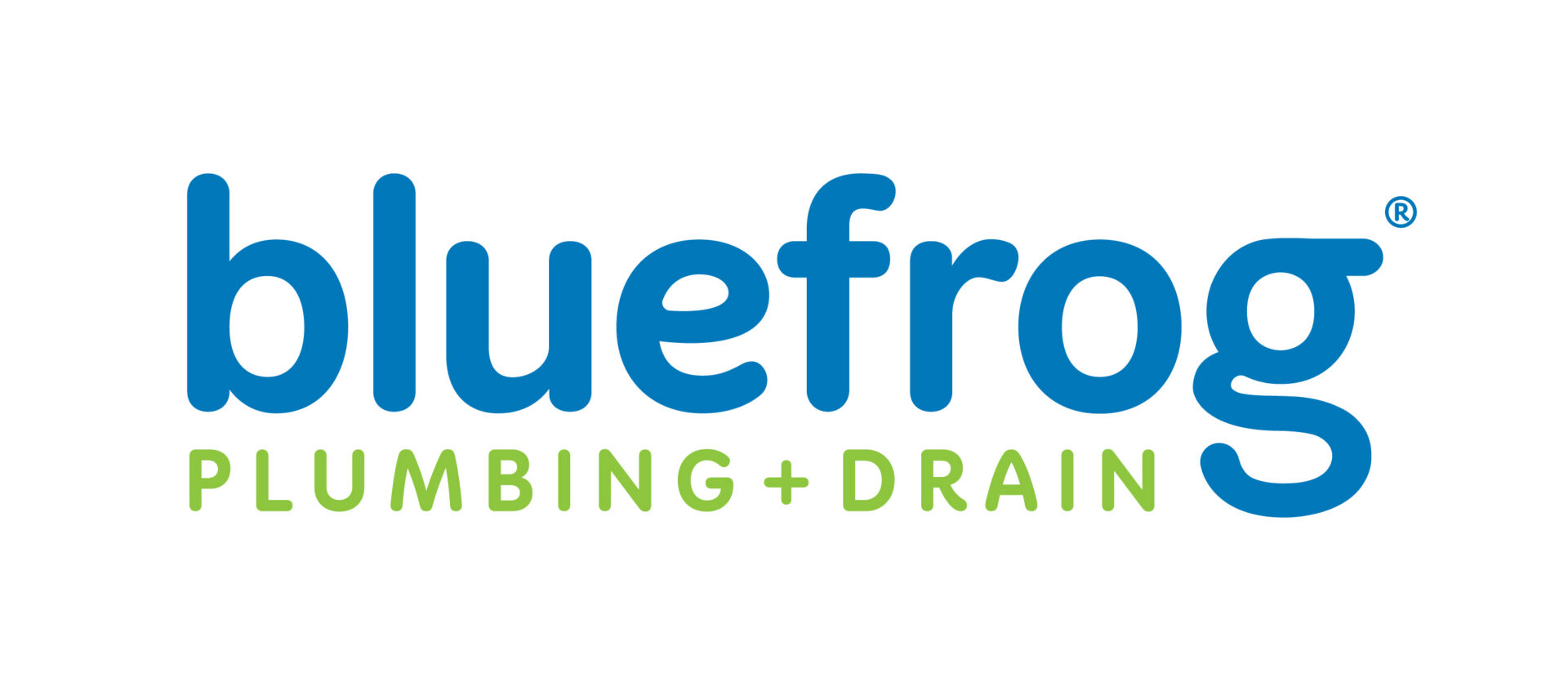Whether you have a traditional tank-style water heater or a modern tankless unit, having a steady hot water supply is essential to your comfort and day-to-day household chores. With this, staying on top of your water heater maintenance – including learning how to flush a water heater – helps you avoid stressful disruptions.
By flushing your heating equipment at least once a year, you:
- Improve Efficiency: Minerals building up at the bottom of your water heater tank can force your unit to work harder and use more energy.
- Prevent Damage: Too much sediment can corrode the tank walls and lead to leaks or unit failure.
- Maintain Water Quality: Clearing out sediment keeps water clean. This ensures you’re not bathing in or consuming water that’s been in contact with potentially harmful buildup.
How To Flush a Hot Water Heater: General Instructions
Here’s a general step-by-step guide to help you safely flush your water heating equipment:
1. Turn Off the Water Heater’s Thermostat
Begin by locating your unit’s thermostat and switching it off. If you have an electric heater, switch off the circuit breaker supplying power to the unit. For gas water heaters, turn the gas valve to the “off” position to keep gas from flowing to the heater during flushing.
2. Turn Off the Water Supply
Next, ensure no new water enters your heater while you flush it. Do this by turning the cold water supply valve clockwise to shut it off. This valve is usually located on top of the water heater.
3. Open a Hot Water Tap
Open a hot water tap nearby – ideally a tub or sink on the same floor level as your heater – to prevent a vacuum from developing inside the pipes while you drain the tank. Doing so allows air into the system and helps the water flow more freely when you drain the tank.
4. Connect a Garden Hose to a Drainage Spigot
Find the drainage spigot at the bottom of your water heater. Attach one end of a garden hose to it securely. Route the other end to an area where it can safely drain hot water with sediment, such as a basement drain, driveway, or a large bucket.
5. Turn On the Spigot and Drain
Open the spigot to let the water flow out and empty the tank. This could take some time, especially if you have larger heating equipment.
Watch the draining water for clarity. It may initially look cloudy due to sediment, but it should eventually start clearing up. This will be a sign that most of the sediment has been flushed out.
6. Flush the Tank
There’s no special strategy on how to flush a water heater. Once the tank has completely drained, simply turn the water supply valve on to stir up the remaining sediment and flush it through the hose.
Keep this up until the water coming out from the hose runs clear. Once done, close the drainage spigot and remove the garden hose.
How To Flush a Tankless Water Heater
Like a tank unit, tankless water heaters must also be regularly flushed. Even without a tank for water to sit in, sediment can still accumulate inside the unit and cause various problems.
After turning off your cold water, hot water, and main gas valve, here’s an overview of the next steps:
1. Empty Your Tankless Water Heater
Attach a hose to the service valve and redirect any remaining water inside the unit into a bucket or drain. The hose is typically found at the bottom of the unit. Open the valve and let the water flow out until it’s emptied.
2. Start Flushing
Flush your unit with a mixture of white vinegar and water. Attach one end of a hose to a submersible pump and the other end to the cold water service valve. Connect another hose to the hot water service valve and place the free end into the bucket with the pump and vinegar solution to circulate it through the heater.
3. Rinse the Water Heater
After letting the pump run for 45 minutes, remove the vinegar solution and thoroughly rinse the system with fresh, cold water. This eliminates all the vinegar and loosened mineral deposits from inside your unit. Continue to run fresh water through the system until the water runs clear.
Why It’s Best To Get Help From the Experts
While this guide offers straightforward steps on how to flush a hot water heater, it’s crucial to remember that it involves handling hot water and working with electrical or gas components. Any misstep heightens the risks of severe burns, shock, or hazardous leaks that can endanger you or anyone else in your household.
Because of these safety concerns, it’s often best to rely on certified technicians. They have the expertise and proper equipment for a safe and effective flush. Best of all, they can spot other potential issues with your equipment and guide you on what to do next.
Get a Safe and Professional Water Heater Flush
The team at bluefrog Plumbing + Drain of Argyle is your reliable local expert in water heater maintenance. Our certified Argyle plumbers know how to work with different types of heating equipment and get the job done efficiently so your home can be comfortable again in no time. Call 940-445-8858 to schedule your water heater flush today.
